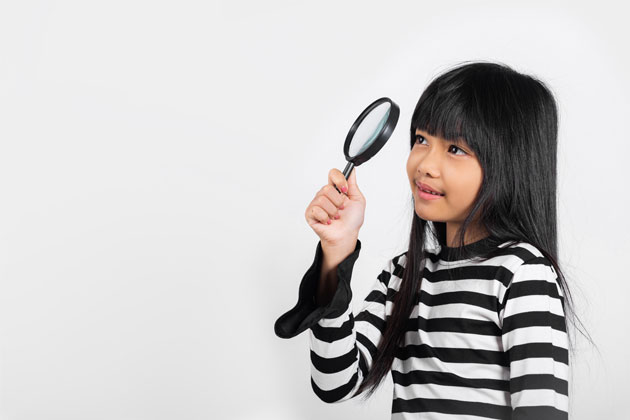Finding the Circle of Courage in Action
Start the New Year with a focus on resilience by teaching your students about the Circle of Courage. Then, challenge them to eye-spy the resilience model’s components in action.
Circle of Courage: A Model of Resilience
This resilience model is easy to teach students of all ages.
“We all have four universal needs. When these needs are met, we feel our best. But we will not feel our best if even one of the four universal needs is unmet. When even one is missing, we might feel sad, frustrated, worried, or angry. Let me tell you about the four universal needs.
The first one is Belonging – we feel good when we feel like we belong. This can be at school with friends or at home with our families. We feel connected to other people when we feel a sense of belonging.
The next universal need is Mastery. We feel good when we can accomplish and are good at something – this can be like solving a math problem, learning a new skill while playing a sport, or drawing a picture that makes us proud.
Independence is the third universal need. This need is met when we control our emotions and behavior. This doesn’t mean we don’t get upset – it just means if we get upset, we know what to do to help ourselves feel better, so we don’t lose our temper or misbehave.
The last universal need is generosity. We get this need met when we feel helpful and valuable to others.
To review, we all need to feel like we belong or are connected to others, are good at something, can stay in control of our emotions and behavior even when we are upset, and feel like we are valuable to other people.“
Offer your students an I Spy Challenge
As a fun way to start the new year, I am challenging you to a game of eye-spy. In this game, I want you to try to notice your classmates and me when we are getting any one or more of our universal needs met or helping another person obtain one of their needs.
Whenever you notice the Circle of Courage in action, you can raise your hand and say, “Eye-Spy”. Then, you can tell us what you saw. For example, when a classmate greets another student when they enter the room by saying, hello, they are making that person feel like they belong. If a student helps another student learn how to solve a tricky math problem, they demonstrate mastery. When a student asks for a break instead of yelling or getting angry, they are showing us independence. And, lastly, if I ask a student to bring something down to the office for me, they are being generous.
Ask students to give you more examples. You can add the examples to a whiteboard, so they are easy for students to reference. Then, start the challenge. You might want to have one or two students keep track of how many universal needs in action are spotted by using a tally for each. You can play along too. Set a goal for the class for a total number of universal needs spotted during the day. Reinforce the importance of all students getting their universal needs met to feel their best. When all students are aware of others and strive to help meet their needs, the overall classroom culture and climate will improve.


